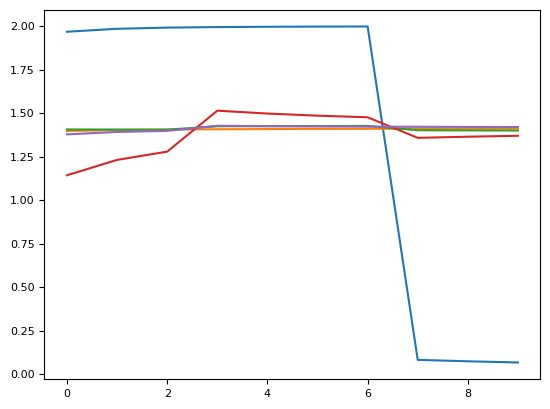Consider a $N\times p$ data matrix $\mathbf X$ with columns $\mathbf x_j$. ESL recommends standardizing the inputs before performing ridge regression, which I understand to mean centering the columns $\mathbf x_j$ to have mean 0 and rescaling them to have variance $\|\mathbf x_j\|^2/N=1$. So let’s assume this is the case. I was thinking about the principle component directions in the column span $V\subset\mathbf R^N$ of $\mathbf X$ (a linear subspace of $\mathbf R^N$). These principal component directions $v\in\mathbf R^N$ have the property that they are norm-one vectors in $V$ so that the variance of $Xv$ is maximized (i.e. we want to maximize $\|Xv\|$).
Note that if I augment $\mathbf X$ by adding $n-1$ copies of $\mathbf x_p$ to the end (so that $\mathbf X$ is now $N\times(p+n-1)$), then the vector $v=(0,\ldots,0,1/\sqrt n,\ldots,1/\sqrt n)$ has norm 1, where there are $p-1$ zeros followed by $n$ entries with value $1/\sqrt n$.
Now $Xv=\frac{n}{\sqrt n}\mathbf x_p$ with norm $\sqrt{nN}$ and variance $(Xv\cdot Xv)/N=n$. Therefore for $n$ large enough, the projection of $v$ to $V$ will determine a principal component direction and some rescaling of $\mathbf x_p$ will be a principal component of $\mathbf X$.
Contrast this with the lasso, which, if we follow the modified least-angle regression algorithm, should be completely insensitive to the addition of the additional columns, since the LAR algorithm will analyze which column is best correlated with the residual at any given moment.
This is a completely artificial construction, but does it reflect a reason to prefer lasso to ridge regression in multi-collinear situations?




